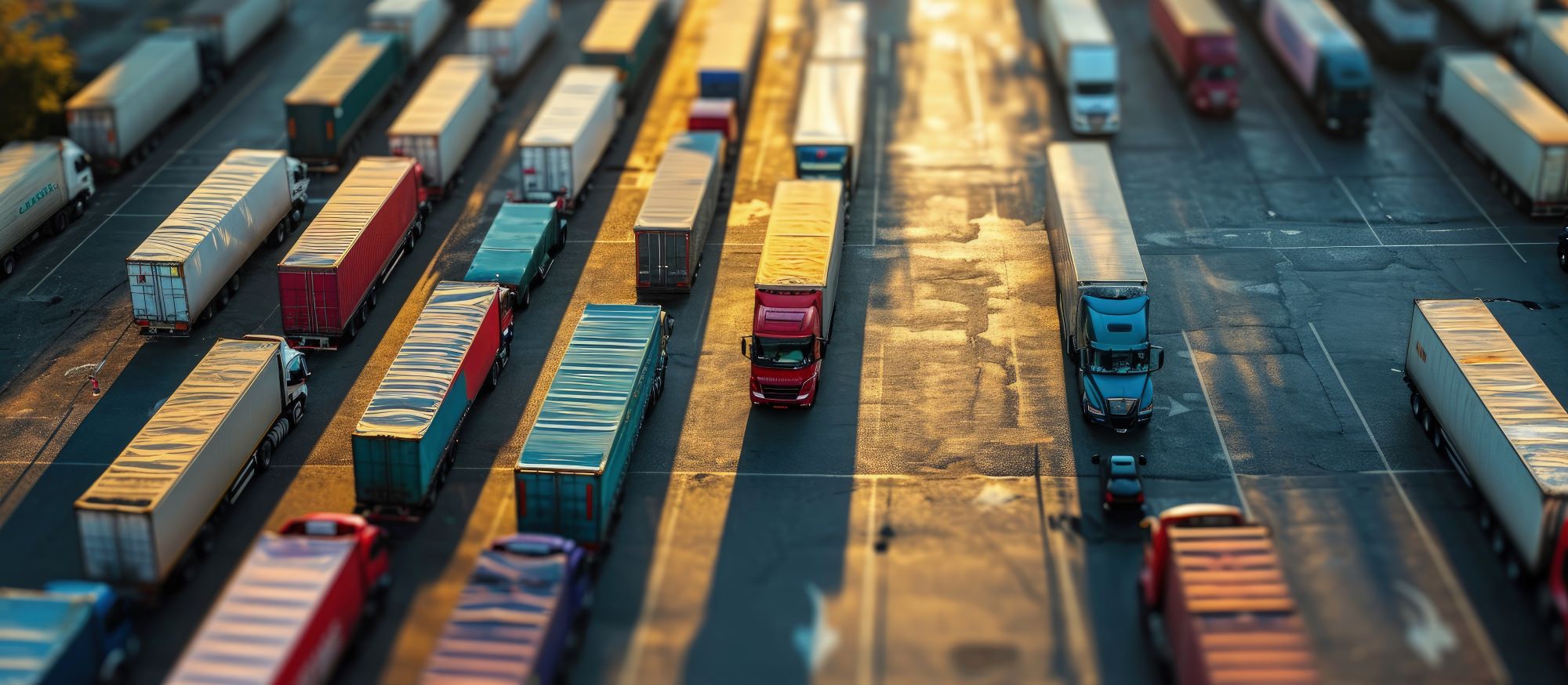
Susie Jones
Tutto quello che c'è da sapere sul sistema di ingresso/uscita dall'UE
Creato: 14/10/2024
•
Aggiornato: 14/10/2024
Il sistema di ingresso/uscita (EES), il cui lancio era previsto per novembre ma che è stato ritardato a causa delle preoccupazioni, sarà introdotto dall'UE. L'EES cambierà i requisiti per i cittadini britannici che viaggiano nell'area Schengen, richiedendo a chiunque abbia un passaporto britannico di registrare dettagli biometrici come le impronte digitali o una foto. L'EES sostituirà la timbratura manuale dei passaporti quando i visitatori entreranno nell'UE. Abbiamo raccolto tutto quello che c'è da sapere in vista del cambiamento.
Cosa richiede l'EES ai viaggiatori?
Ogni Paese che utilizza l'EES richiederà ai viaggiatori le seguenti informazioni:
Luogo di ingresso e di uscita
Data di ingresso e di uscita
Documenti di viaggio.
Quali sono i vantaggi?
L'EES presenta i seguenti vantaggi:
Il progetto modernizza la gestione delle frontiere esterne dell'UE, migliorando l'esperienza di chi viaggia.
L'EES combatte le frodi di identità raccogliendo dati biometrici.
È in grado di identificare i soggiornanti fuori termine e di fornire dati affidabili su ingressi, uscite e rifiuti.
Il miglioramento dei controlli alle frontiere, dei registri elettronici e dei dati biometrici rafforzerà la sicurezza all'interno dell'UE.
Fornisce la condivisione delle informazioni in tempo reale, consentendo alle autorità di frontiera di tutta l'UE di visualizzare le informazioni corrette al momento giusto.
Quali sono le preoccupazioni?
A lungo termine, il nuovo sistema EES snellirà le operazioni e favorirà i viaggiatori extracomunitari. Tuttavia, il nuovo sistema suscita diverse preoccupazioni:
Almeno tre Paesi dell'UE non sono del tutto preparati al lancio.
Diversi Paesi potrebbero non essere in grado di introdurre un sistema biometrico avanzato.
Nel porto di Dover, uno dei più trafficati del Regno Unito, non è stato effettuato alcun test adeguato del sistema.
Il lancio iniziale potrebbe causare maggiori ritardi ai posti di controllo di frontiera.
Ulteriori ritardi nel lancio ufficiale dell'EES potrebbero eliminare molte di queste preoccupazioni.
Gli operatori di mezzi pesanti del Regno Unito hanno espresso preoccupazione per il limite di 90 giorni su 180 di viaggio in Schengen: mantenere regolari attività commerciali all'interno dell'UE potrebbe essere impegnativo. Le flotte con autisti extracomunitari potrebbero subire restrizioni di viaggio o multe in caso di superamento del limite.
Come possono prepararsi le flotte e gli autisti?
Le flotte e gli autisti non possono fare molto per prepararsi al nuovo sistema: la maggior parte delle operazioni avverrà di persona al porto. Tuttavia, le flotte e gli autisti possono adottare le seguenti misure per garantire una transizione senza problemi:
Al momento della prenotazione del viaggio, assicuratevi di avere tutte le informazioni necessarie prima di recarvi al porto.
Sapere cosa aspettarsi al momento dell'arrivo: le differenze pratiche fanno sì che il processo vari da un luogo all'altro.
Lasciate il tempo necessario per espletare le formalità pre-viaggio, soprattutto se il viaggio è vicino alla data di inizio.

Quali paesi utilizzeranno l'EES?
I seguenti Paesi utilizzeranno l'EES:
Austria, Belgio, Bulgaria, Croazia, Danimarca, Estonia, Finlandia, Francia, Germania, Grecia, Islanda, Italia, Lettonia, Liechtenstein, Lituania, Lussemburgo, Malta, Norvegia, Paesi Bassi, Polonia, Portogallo, Romania, Slovacchia, Slovenia, Spagna, Svezia, Svizzera, Ungheria.
Quando non si applica l'EES?
Esistono diverse esenzioni alla nuova EES:
Cittadini dei Paesi che utilizzano l'EES (compresi Cipro e Irlanda).
Cittadini extracomunitari immediatamente imparentati con un cittadino dell'UE. Devono essere in possesso di una carta di soggiorno.
Qualsiasi cittadino extracomunitario in possesso di una carta di soggiorno o di un permesso immediatamente connesso a un cittadino extracomunitario può viaggiare in Europa come un cittadino dell'UE.
Cittadini con permesso di soggiorno o visto per soggiorni di lunga durata.
Cittadini di Andorra, Monaco e San Marino.
Persone con passaporto rilasciato dallo Stato della Città del Vaticano o dalla Santa Sede.
Chiunque sia esente dalle verifiche di frontiera (come i capi di Stato o i lavoratori transfrontalieri)
Cittadini in possesso di un permesso valido per il traffico frontaliero locale.
Equipaggio di treni passeggeri e merci su viaggi di collegamento internazionali.
Chiunque non sia tenuto ad attraversare le frontiere esterne esclusivamente ai valichi di frontiera durante gli orari di apertura stabiliti.
Cosa succede se non fornisco i miei dati?
Se non fornite le informazioni personali richieste, vi sarà negato l'ingresso nei Paesi dell'UE che utilizzano l'EES. Per le società di flotte, questo potrebbe comportare una perdita di reddito se i loro conducenti non forniscono le informazioni pertinenti.
Ho bisogno di un passaporto biometrico con il nuovo EES?
Con il nuovo EES sono accettati sia i passaporti biometrici che quelli non biometrici. I sistemi automatizzati per attraversare il confine richiedono un passaporto biometrico.



